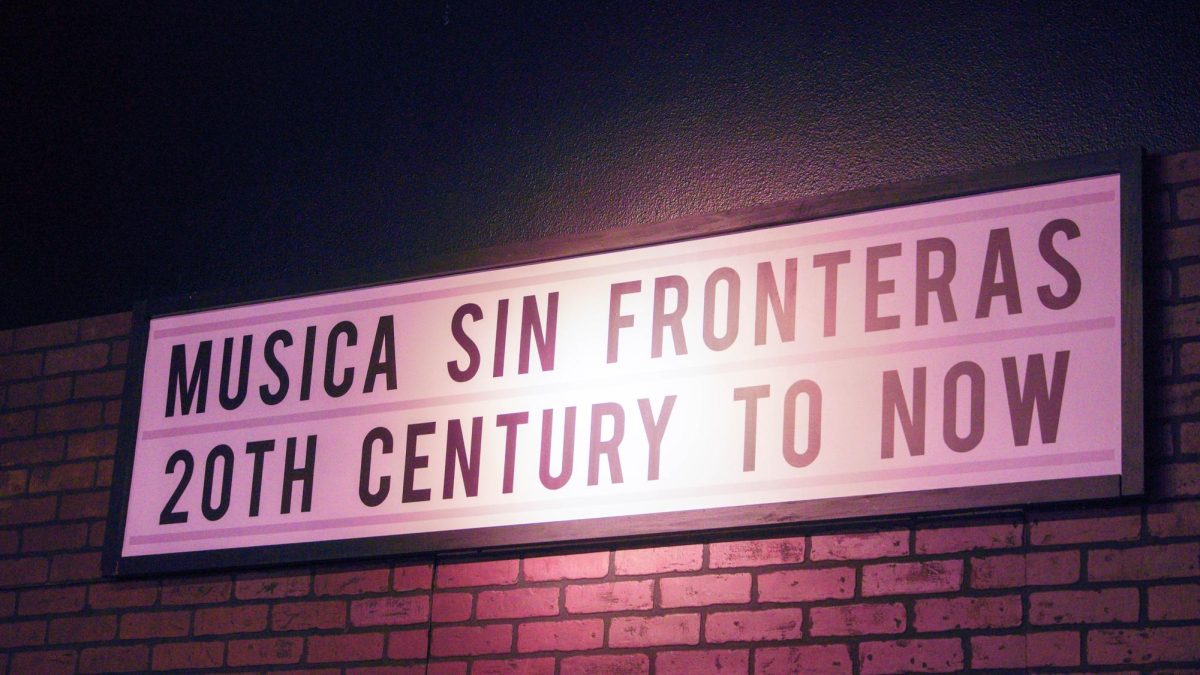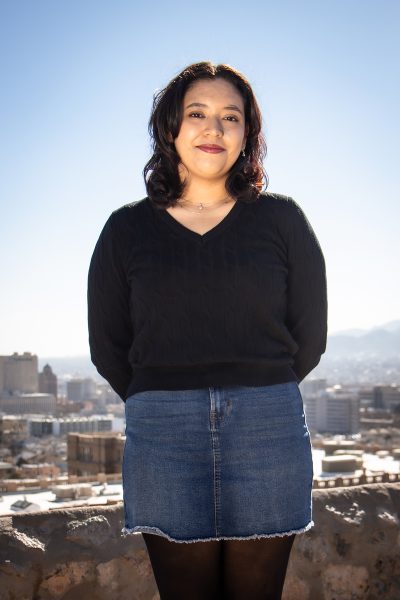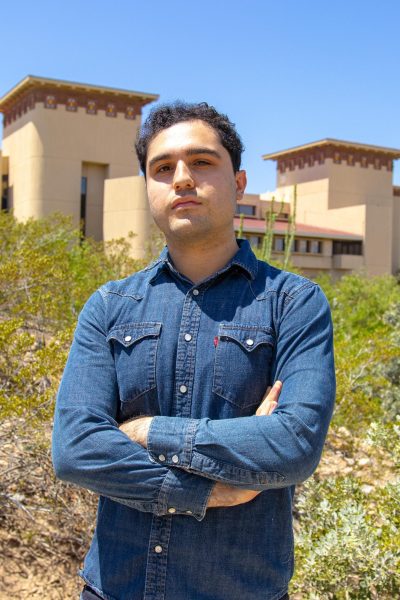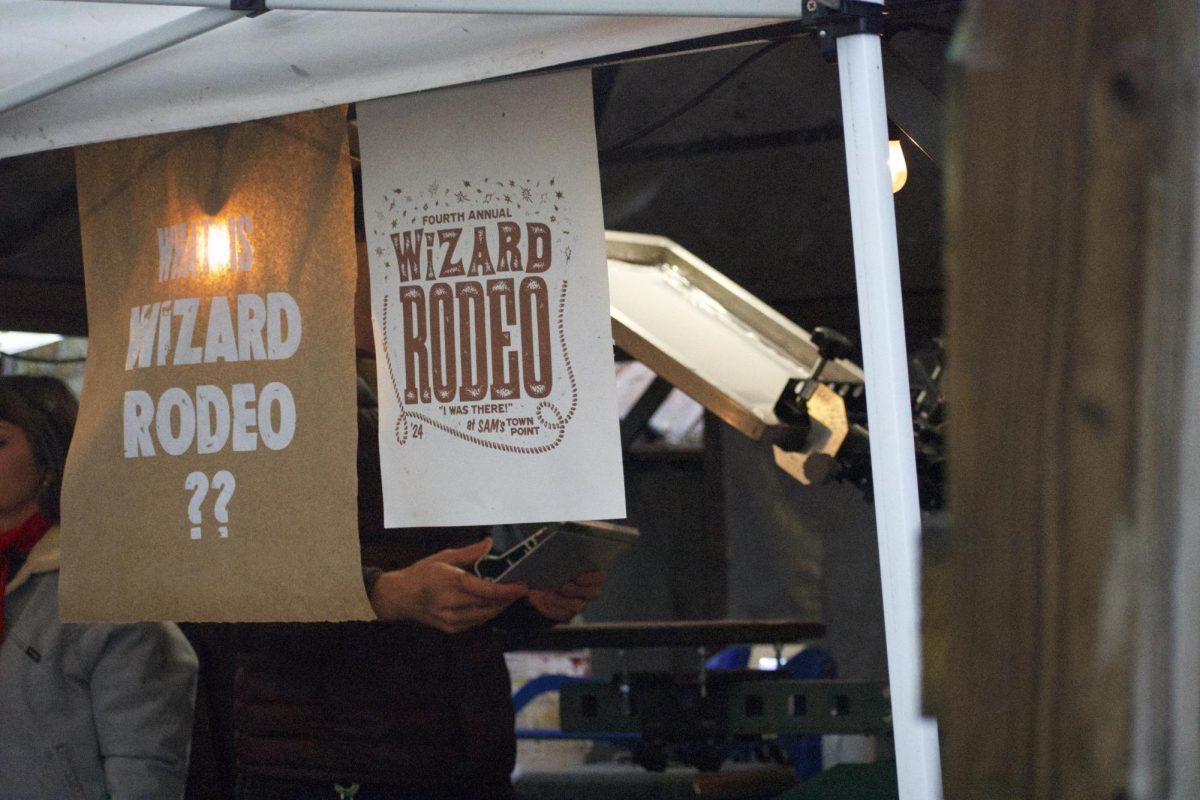The El Paso Museum of History (EPMH) celebrates the sounds of the Borderland with its display of the “Musica Sin Fronteras: Twentieth Century to Now” exhibit.
With more than 1,300 artifacts and memorabilia, the exhibit explores the musical contributions of the El Paso-Juárez community and the impact of its musicians through genres and generations.
“Music touches everyone, and we (the Borderland) have a long and rich and diverse history in terms of music, and we really wanted to showcase that,” said Erica Marin, the director of EPMH. “We are all part of our own history right here on the border, and we get to see ourselves reflected in the exhibition because of the musical influences that touch us.”
The exhibit offers a deep dive into the border’s musical evolution, from early orchestral performances in the early 1900s to the vibrant rock and Latin music scenes of the ’50s, ’60s, and beyond.
“You’re going to see items from Juan Gabriel, Los Frontera De Ciudad Juárez, an album (Don Tosti aka El Tostado) by Don Tosti, which was here (in El Paso),” said Marin. “The Pachuco influence is just very fluid. It’s like back and forth from El Paso to Juárez, most visibly seen now here in Juárez.”
The curation of this exhibit was a community effort as the artifacts come from more than 50 local lenders, reflecting the pride and passion of the region’s music lovers.
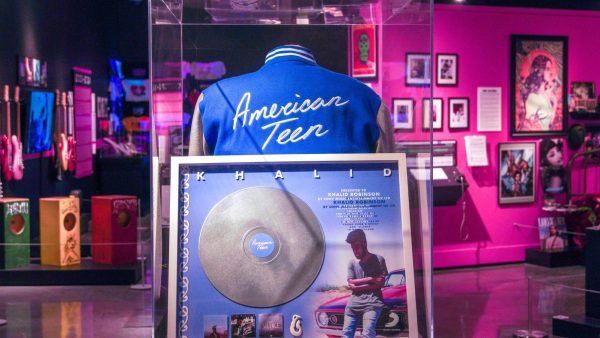
Marin explains that the process of acquiring all the items was not easy due to the large number of participants who wanted to share their artifacts and stories with the museum.
“There’s a lot of music fans, a lot of music aficionados and a lot of musicians here,” said Marin. “So, it was very beautiful and yet very overwhelming at some points because we have so much to share with the community.”
According to Marin, among the special items in the collection are Abraham Chavez’s conducting wand, an outfit worn by Sonny Powell headman for the Night Dreamers, and the drum set once used by The Bobby Fuller Four, the legendary rock band from El Paso.
The exhibit also pays tribute to international superstars like Juan Gabriel, who, although born in Michoacán, was raised in Juárez and became an icon across Latin America.
There are also items from more recent acts including Khalid’s American Teen varsity jacket and albums, and memorabilia from local band Late Night Drive Home.
The exhibit opened on April 27 and drew a crowd of 600 people, showing the community’s excitement and the power of music to bring people together.
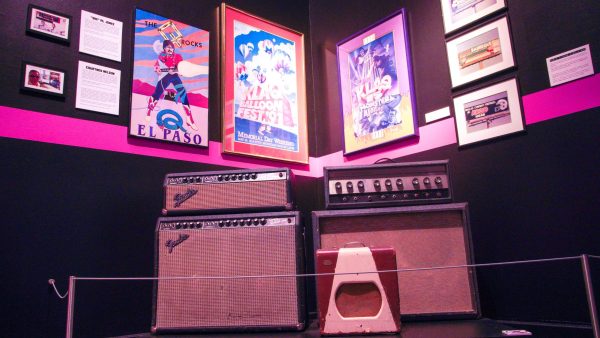
Marin shares that having this exhibition is a chance for the community to realize how much impact the borderland has had on the music industry creating a sense of nostalgia.
“The corner where we have all the T-shirts placed as if they’re merchandise that is being sold at a concert, I think that corner was super successful and people were just like, ‘Oh my God, remember that band? Oh my god, remember this?’” said Marin. “It’s just really nostalgic for several generations and that’s the appeal.”
Musica Sin Fronteras will run through April 2025 with the museum planning one last celebration for the exhibit featuring live music. The exhibit is free to the public as part of the city’s Museums and Cultural Affairs Department and is open Monday through Saturday, 10 a.m. to 6 p.m., and Sundays from 11 a.m. to 3 p.m.
In a city where music is not just heard but felt, Musica Sin Fronteras stands as a testament to the influence of the Borderland’s soundscape—one that crosses boundaries and connects cultures, generations, and hearts.
Ximena Cordero is a staff reporter and may be reached at [email protected]


